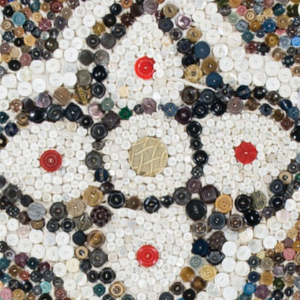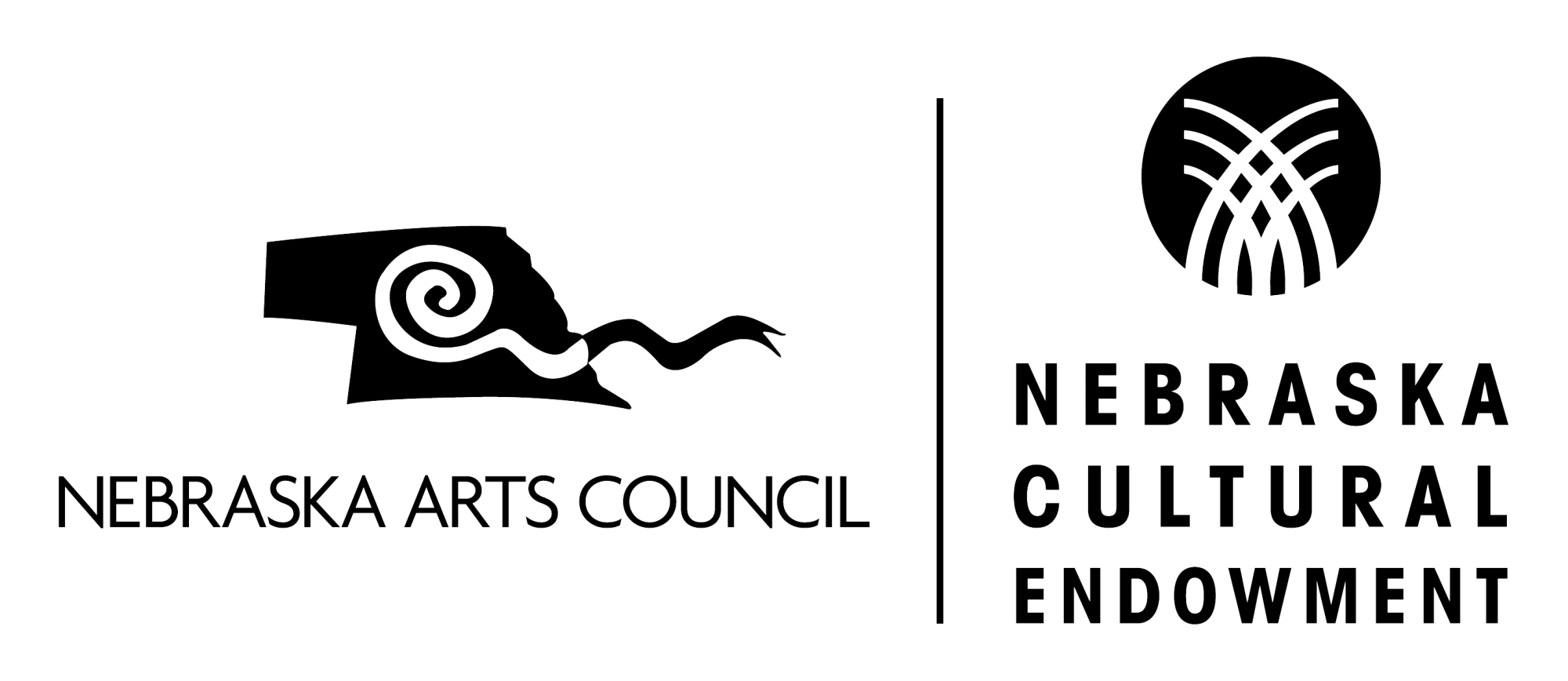
Whimsy
June 21 - Nov 30, 2019

Whimsy
June 21 - Nov 30, 2019

Whimsy
June 21 - Nov 30, 2019

"Quilts become archetypal symbols of the women who make them.
They 'stand in' for the quilter, long after she is gone,
revealing to descendants, viewers, or new owners
the essence of the quilter—her spirit, energy, vitality, and skill."
- Jean Ray Laury
Ho for California! Pioneer Women and Their Quilts
Quiltmaking has always been an outlet for creativity and innovation. Through the manipulation of design elements, imagery, and materials, quiltmakers have experimented with their craft, often resulting in fanciful or playful work. In some instances, their playfulness is calculated. Artists Mary Catherine Lamb and Jean Ray Laury used their quilts to confront serious issues with humor. For others, their cleverness stemmed from resourcefulness—the desire or need to repurpose materials such as ties, buttons, or flour sacks. In the cases of unidentified makers, we are left to wonder about the imaginations behind such novel creations.
Whether by the maker’s intent or a viewer’s perception, this selection of quilts speaks to our fanciful sides. The quilts make us smile, laugh, and take a second look. They draw us closer to their creators by making us want to glean more insight into the people who have created and left behind such whimsical works.
- Curated by Carolyn Ducey and Laura Chapman
